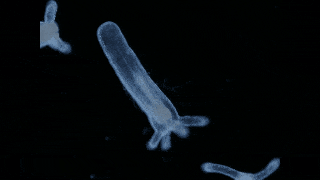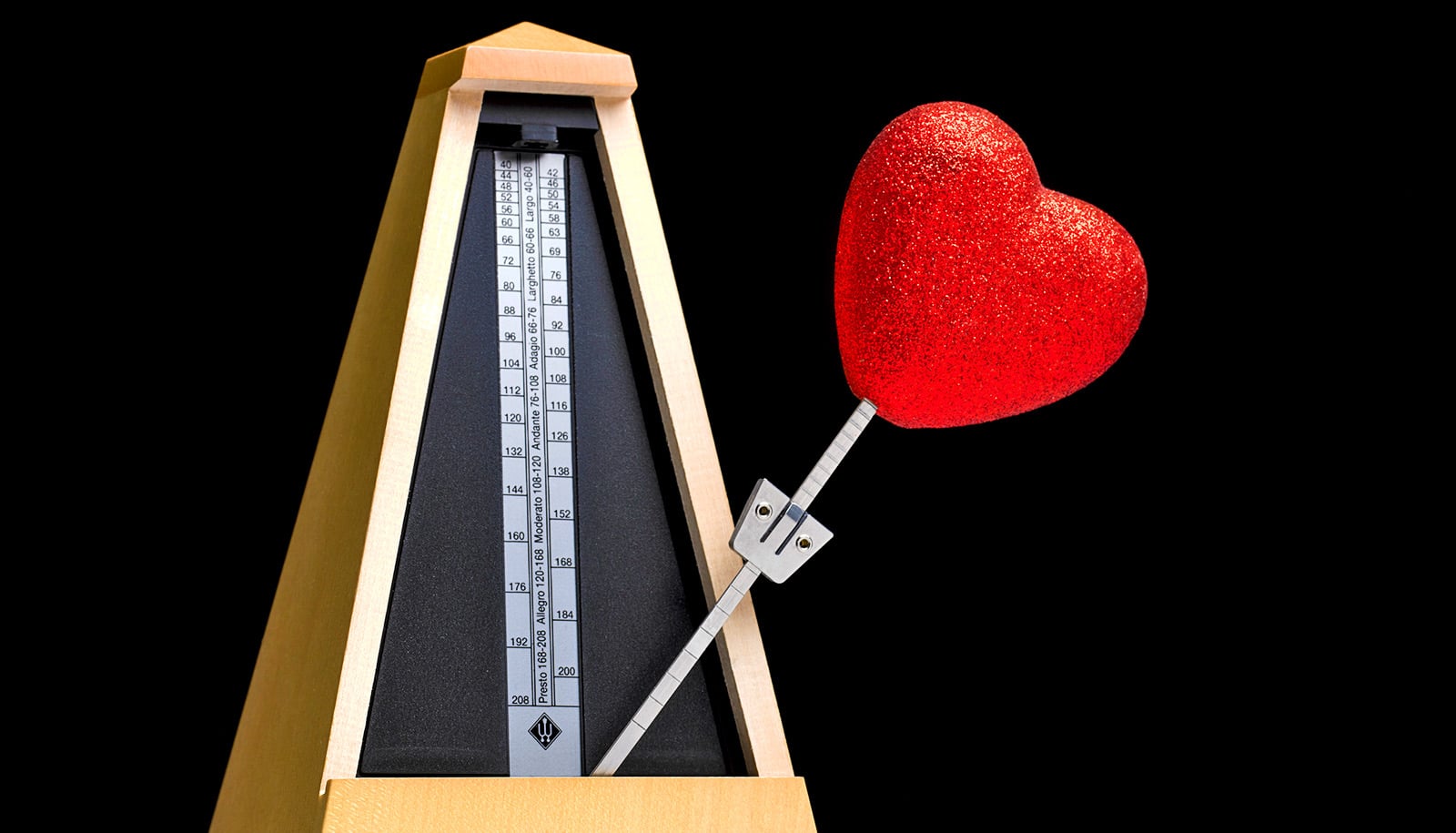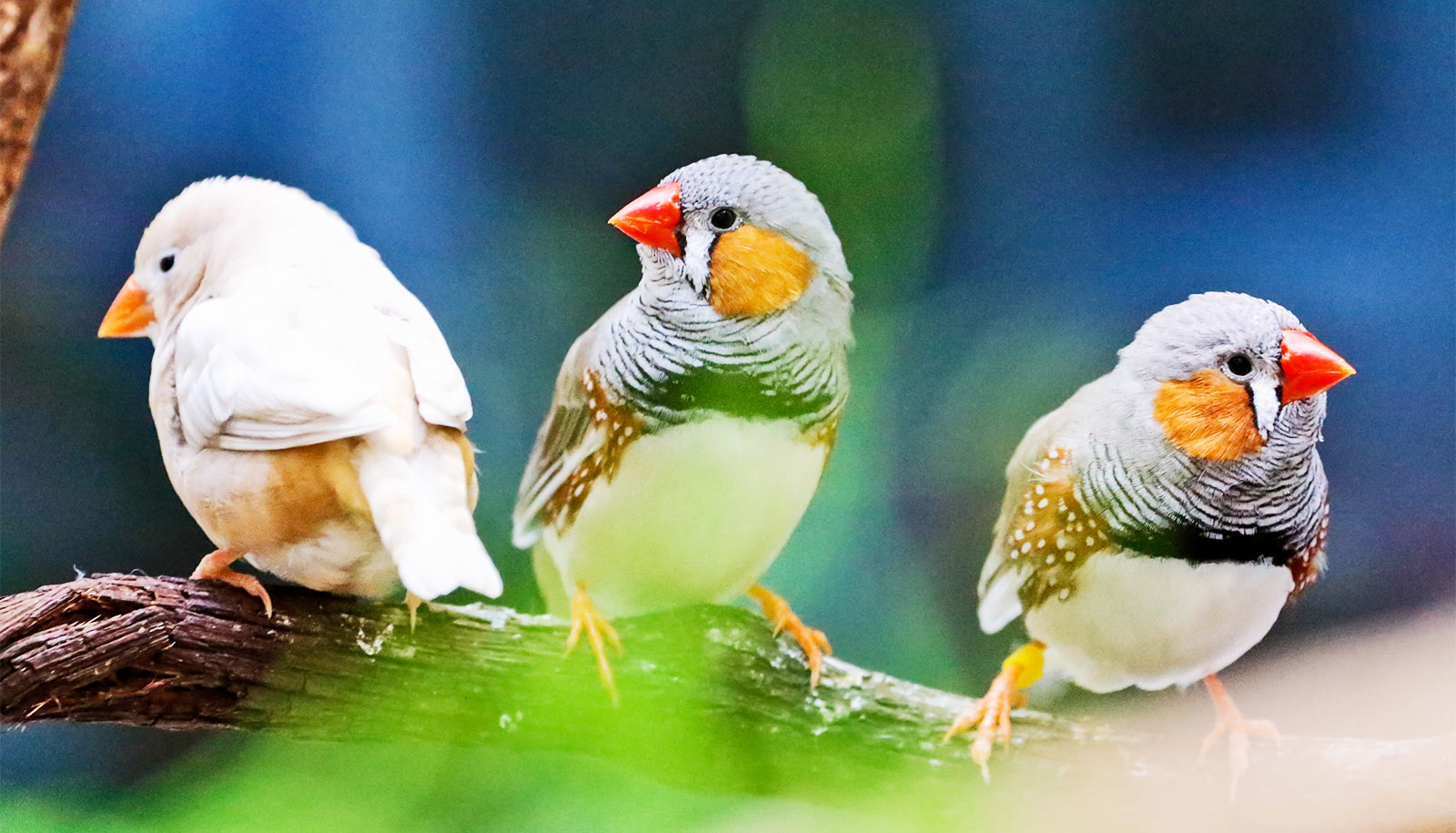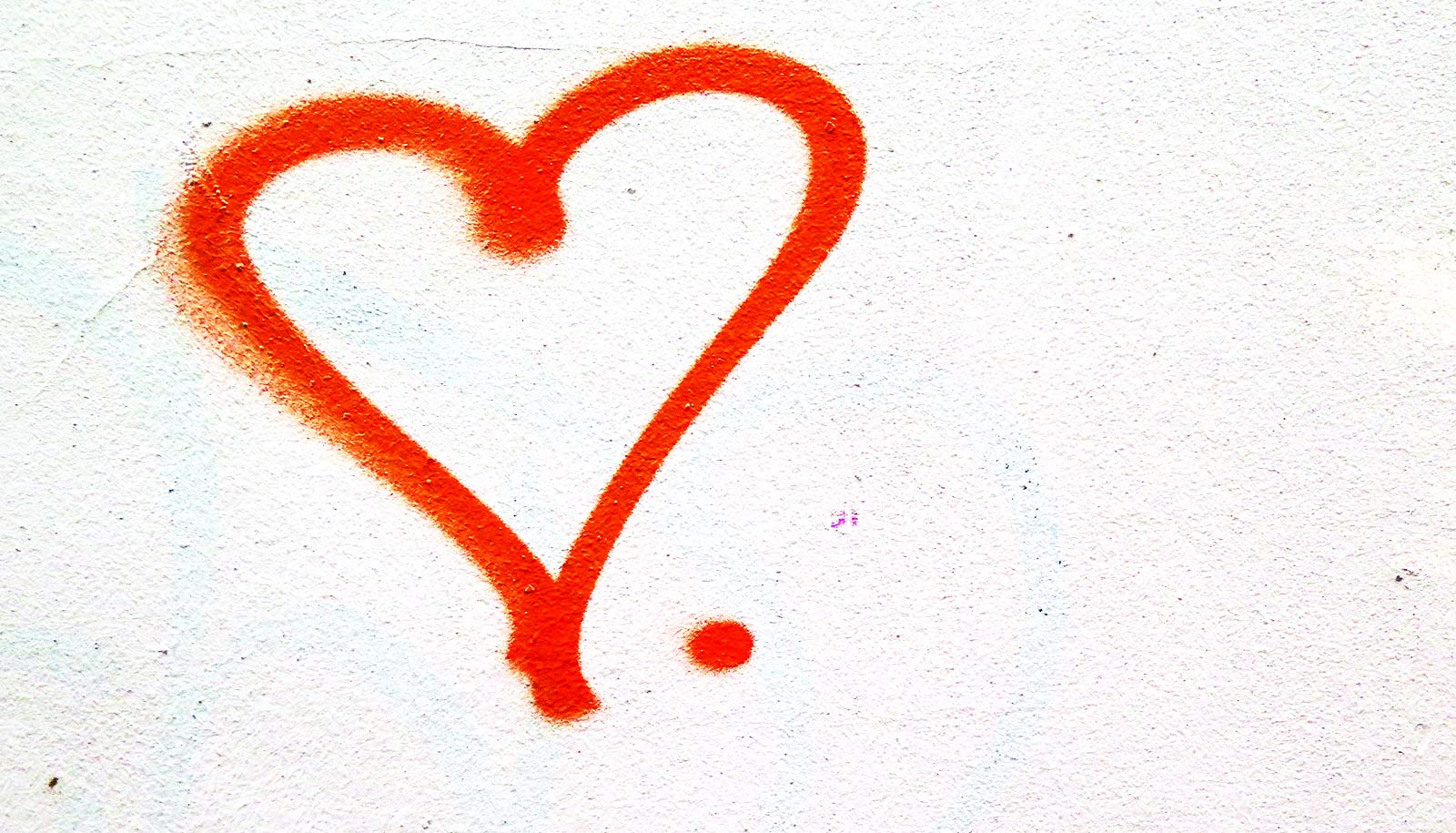When scientists decided to trace the evolutionary origin of muscle cells, like the ones that form our hearts, they looked in an unlikely place: the genes of animals without hearts or muscles.
Researchers found genes known to form hearts cells in humans and other animals in the gut of a muscle-less and heartless sea anemone—a sea creature that has superpower-like abilities: Cut it into many pieces and each piece will regenerate into a new animal.

So why can the sea anemone regenerate and we can’t? An analysis of the function of its “heart genes” shows a difference in the way they interact with one another, which may help explain its ability to regenerate, says Mark Martindale, a biology professor at the University of Florida and director of the Whitney Lab for Marine Bioscience in St. Augustine.
Published in the Proceedings of the National Academy of Sciences, the findings point to potential for tweaking communication between human genes and advancing our ability to treat heart conditions and stimulate regenerative healing.
“Our study shows that if we learn more about the logic of how genes that give rise to heart cells talk to each other, muscle regeneration in humans might be possible,” Martindale says.
Regeneration could be lurking in our genes
These heart genes generate what engineers calls lockdown loops in vertebrates and flies, which means that once the genes are turned on, they tell each other to stay on in an animal’s cells for its entire lifetime. In other words, animals with a lockdown on their genes cannot grow new heart parts or use those cells for other functions.
“This ensures that heart cells always stay heart cells and cannot become any other type of cell,” Martindale says.
The findings support the idea that definitive muscle cells found in the majority of animals came from a bifunctional gut tissue that had both absorptive and contractile properties. And while the gut tissue of a sea anemone might not look like a beating heart, it does undergo slow, rhythmic peristaltic waves of contraction, much like the human digestive system.
The first animal muscle cells might have been very heart-like. “The idea is these genes have been around a long time and preceded the twitchy muscles that cover our skeleton,” Martindales says.
Continued research could one day allow scientists to coax muscles cells into regenerating different kinds of new cells, including more heart cells, researchers say.
Source: University of Florida



